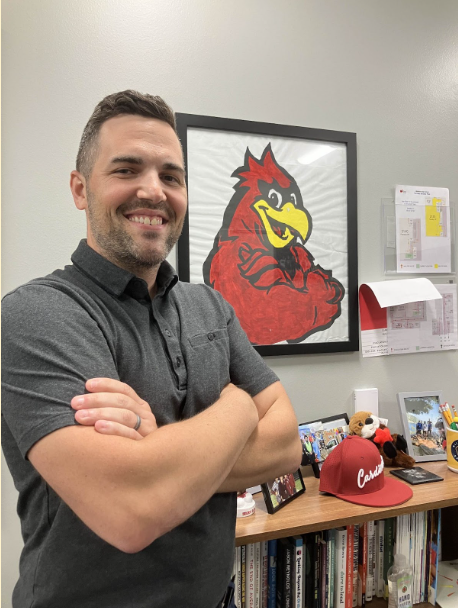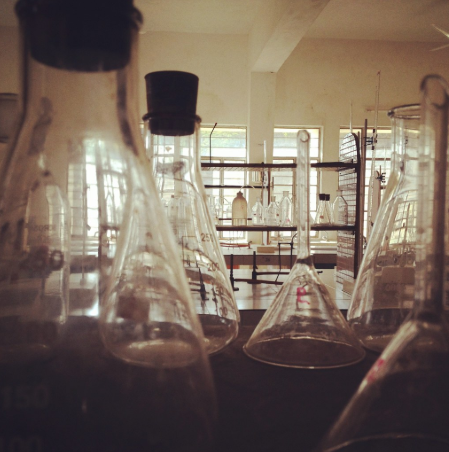The Radium Girls
The radium girls were dial painters who worked with toxic paint to create watch dials in the early 1900s. They have paved the way for discussions about chemical poisoning and safety laws in the workplace.
December 18, 2022
Radium is something we probably do not think much about in today’s world. But in the early 1900’s, it was the prime ingredient in many common manufactured goods and was mass produced in factories, mostly by women.
Discovered in 1898, radium was soon found to be successful in the reduction of tumor growth. Because of its healing properties, most people concluded that it was a fully safe tool. Some even considered it a kind of miracle. They had more to learn, however.
Due to its glow-in-the-dark effet, radium was mesmerizing to the public. In addition to medical treatment, it became popular in the watch dial industry, proving especially helpful to military soldiers during World War I. Between 1917 and 1926, the U.S. Radium Corporation (USRC) distributed a radium substance that was used to create paints. This radium-infused paint was distributed to different factories that produced watch supplies, with the largest located in New Jersey.
Hundreds of women were hired to paint these watches, which would then glow in the dark. The women used a precision technique described as “lip pointing.” They would press the very tip of the paintbrush between their lips between each stroke before going in for more paint. They were instructed to do this because it created a finer point, making it easier to get clean and precise lines while painting.
But each time the women did this, they ingested a small amount of radium that, over time, became incredibly dangerous. The women were assured the job was harmless, and dial painters made twenty dollars a week — at the time, one of the best paying jobs for young women. As they worked, some girls would also goof around and paint their teeth, nails, dresses and faces so they would glow in the dark.
The effects of radium poisoning became apparent around the 1920’s. Dentists were the first to notice the damage as they inspected the dial painters’ mouths.
A girl named Mollie Maggia worked as a dial painter for the USRC factory in New Jersey. She had started feeling a toothache-like pain and had a tooth pulled, but the pain worsened and spread to her jaw and around her ears. While inspecting her mouth, the dentist touched her jaw and accidentally broke it. This became known as a common symptom, dubbed “radium jaw.” Maggia died in 1922, followed by many women, total numbers of which remain unconfirmed. Many people wondered if the radium had any connection to the deaths, but the USRC denied any and all allegations.
It was not until 1924 that these suspicions were confirmed. Harrison Martland, a Professor of Forensic Medicine at New York University, conducted a study on radioactive material and its effects on the human body. He found that the radium the dial workers were ingesting was settling in their bodies, causing their bones to “honeycomb” and fracture spontaneously.
The following year, five women who worked at the New Jersey factory (Grace Fryer, Edna Hussman, Katherine Schaub, Quinta McDonald and Albina Larice) decided to take initiative and sue the USRC. The USRC tried to delay the trail for as long as possible, but in 1928 the case finally went to trial. It was then revealed that the male scientists who processed the radium powder used tongs to handle the substance, while also wearing lead aprons; the dial painters were given no such protection. In 1928 the USRC settled the lawsuit, giving each of the women $10,000 with an additional yearly pension of $600 for as long as the women continued to suffer from the poisoning.
Today, radium continues to be used in medical practices, notably in radiotherapy treatment for cancer. The radium girls’ legacy continues to be remembered as a cautionary tale, reminding those in medicine of the importance of proper safety practices around radiation in the workplace. You can find and learn more about these amazing women in books like “The Radium Girls: The Dark Story of Americas Shining Women” by Kate Moore, and movies like “Radium Girls.”














